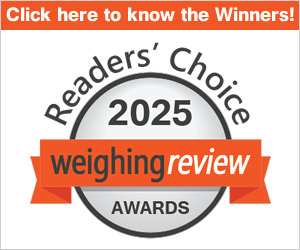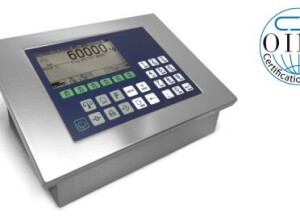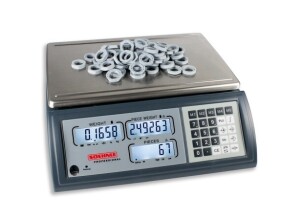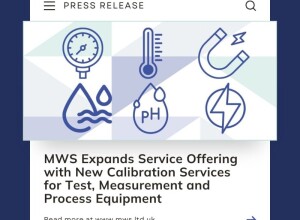[Article]: Top Products Used to Verify and Calibrate Weighing Scales
Accurate weighing is critical in industries like pharmaceuticals, food production, laboratories, logistics, and retail. To ensure ongoing precision, scales must be verified and calibrated regularly using certified tools. Below are the key products used for verifying and calibrating different types of weighing equipment.
1. Calibration Weights
Used for: Calibrating and testing precision balances and industrial scales
Types: OIML (International) and ASTM (U.S.) standards
Classes: E1, E2, F1, F2, M1, M2, etc. (based on required accuracy)
These weights are manufactured to strict tolerances and used for verifying scale accuracy across a range of capacities—from milligrams to tons.
2. Weight Sets
Used for: Full calibration across multiple weight points
Features: Boxed kits containing multiple certified weights
Essential for laboratories and service technicians performing multirange calibrations.
3. Test Weights with Calibration Certificate
Used for: Legal-for-trade and quality assurance verification
Features: Traceable to national standards, includes calibration certificate
Required for ISO 9001, GLP/GMP, HACCP, and other compliance frameworks.
4. Electronic Calibration Tools (for Internal Calibration)
Used for: Self-calibrating balances and high-precision instruments
Features: Internal motorized mechanisms, triggered manually or automatically
Common in analytical and microbalances, reducing the need for external weights during normal use.
5. Load Cell Simulators
Used for: Testing and calibrating the electronic response of weighing systems
Features: Simulates load cell output to verify scale electronics
Helpful in industrial and automation settings where hardware diagnosis is needed.
6. Force Gauges (for Tension-Based Systems)
Used for: Calibrating tension-based scales like crane scales and hanging balances
Features: Measures applied force precisely in Newtons or kilograms
Useful in applications where weights cannot be physically placed due to logistics or size.
7. Software for Calibration Management
Used for: Recording, scheduling, and tracking calibration data
Features: Audit trails, PDF reports, calibration logs
Supports traceability and regulatory compliance in labs and manufacturing environments.
8. Calibration Platforms and Fixtures
Used for: Stabilizing test weights or load cells during calibration
Features: Flat surfaces, adjustable mounts, vibration resistance
Essential in laboratories and metrology centers to ensure consistent calibration conditions.
9. Portable Calibration Kits
Used for: On-site calibration and maintenance
Contents: Standard weights, gloves, tweezers, and protective cases
Ideal for field technicians or service providers who calibrate client equipment at multiple locations.
10. Reference Balances (Used as Standards)
Used for: Comparative calibration in accredited labs
Features: Higher accuracy than the device being tested, with traceable calibration
Used as a reference when calibrating other balances using a substitution method.
Conclusion
Regular calibration ensures your scales deliver reliable results and comply with industry standards. Whether you’re maintaining a lab balance or verifying an industrial floor scale, choosing the right calibration tools is essential for accuracy and quality control.
Looking for calibration weights or kits?
At Weighing Review you will find articles and other contents about all type of scales and other weighing solutions such as technical articles, videos, case studies and guides. You can also search the Suppliers Directory and Marketplace to find the best supplier and product for your weighing needs.



























Interested? Submit your enquiry using the form below:
Only available for registered users. Sign In to your account or register here.